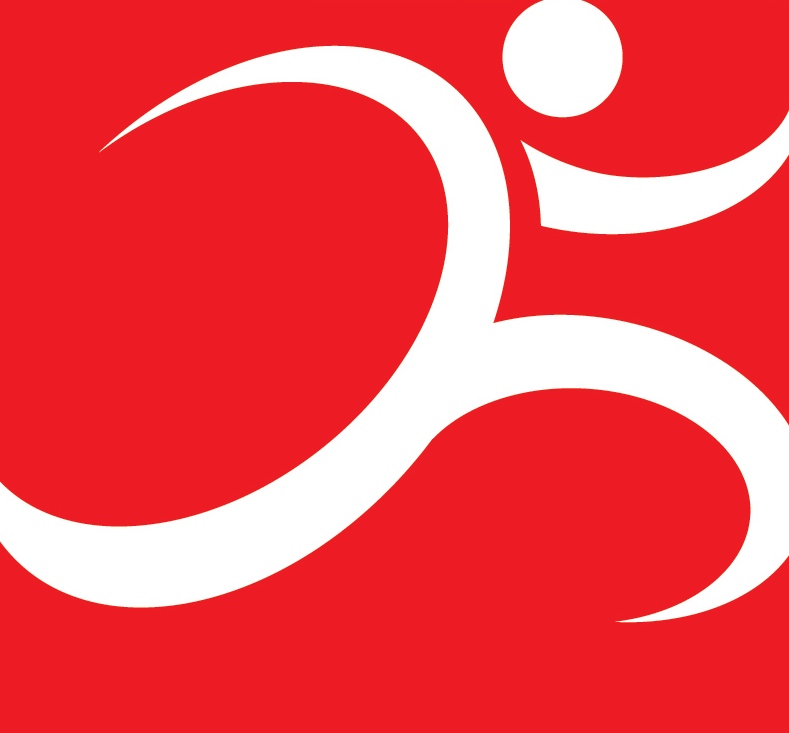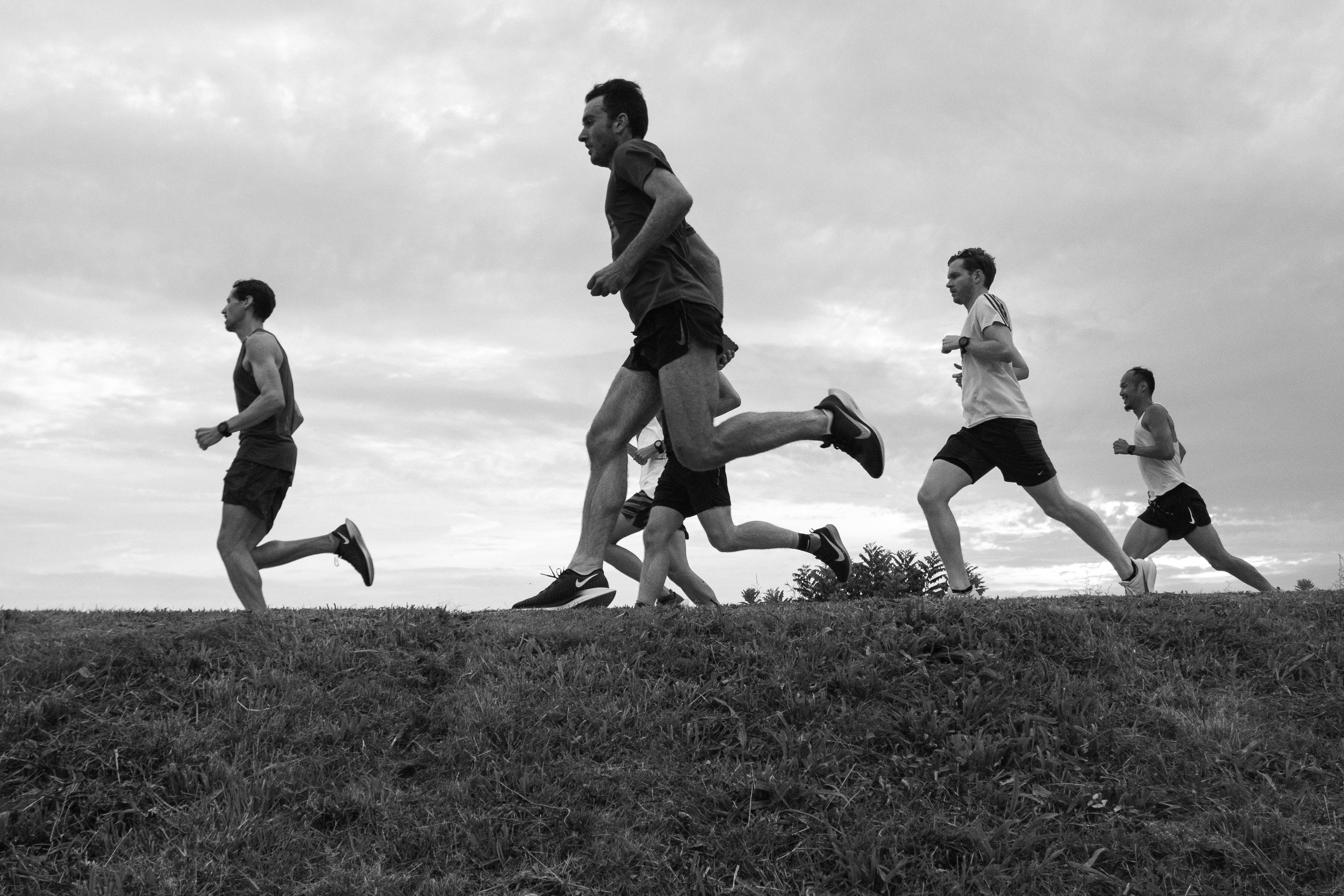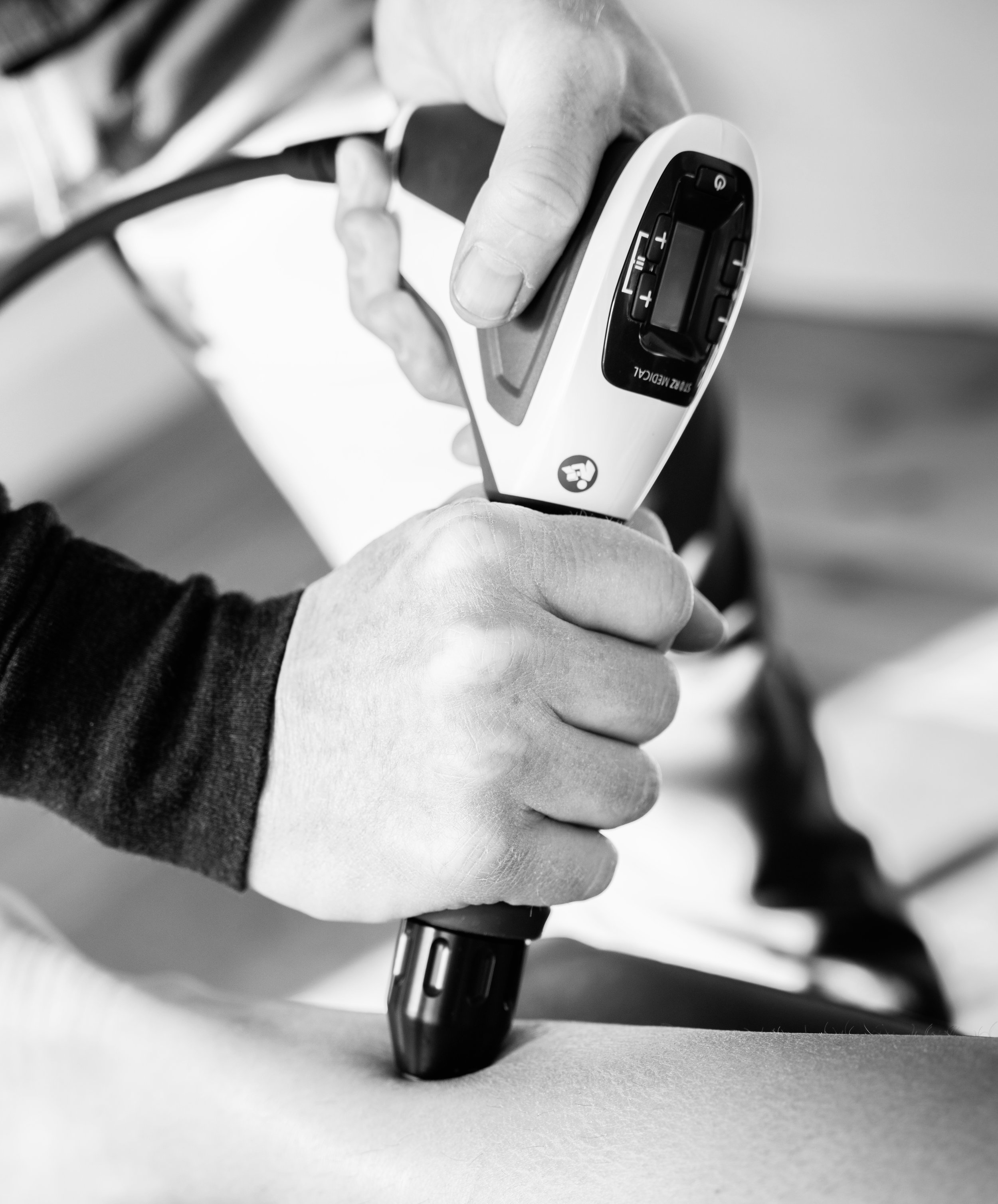Shockwave Therapy
Learn More
How it Works:
The OrthoPulse Ultra 100 is a compressed air ballistic pulse wave generator. The pulse waves in the device are generated with a precision ballistic mechanism in the handpiece. A projectile is accelerated by compressed air. The motion and weight of the projectile produce kinetic energy. When the projectile impacts against an immovable surface, the pulse transmitter, this kinetic energy is converted into sound energy. This acoustic pulse is transmitted into the tissue to be treated either directly or via an acoustic impedance adapter with the help of a gel. These pressure waves stimulate the metabolism, enhance blood circulation, and accelerate the healing process. Damaged tissue gradually regenerates and eventually heals. As an alternative to surgery, the procedure includes 3-5 in-office sessions approximately 10-15 minutes each at weekly intervals.
The Benefits:
With its progressive technological advancements, Extracorporeal Pulse Activation Technology (EPAT), often referred to as ESWT or shock wave, delivers an evidence-based*, non-surgical solution for patients suffering from chronic soft tissue (muscle, tendon, ligament and fascia) pain.
Health care professionals are using EPAT to successfully treat acute or chronic musculoskeletal pain and/or pain that significantly impairs mobility or quality of life. Areas include:
Foot and ankle:
Examples: plantar fasciitis, achilles tendionopathy, chronic ankle sprainsLower extremity
Examples: hamstring tendinopathy, patella tendonitis, hip bursitis.Upper extremity
Examples: elbow tendonitis, carpal tunnel syndromeBack and chest
Example: low back muscle strainShoulder
Example: rotator cuff strainNeck
Example: whiplashMyofascial trigger points
Pricing
As Shockwave therapy is not currently covered by health insurance, we must charge a set rate for treatment. Pricing is as follows:
3 Treatments for $450 (most conditions only require 3 treatments)
4th and 5th Treatment (if needed) for $100/each
Scheduling
We are currently offering Shockwave therapy at our Downtown, Brookline, Back Bay, Lynnfield and Concord offices. To make an appointment please call 617 505 6742.
You may also use our on-line scheduling for Shockwave therapy appointments.
FAQ’s
We appreciate that you may have a number of questions if you’re considering Shockwave therapy. It’s an investment both in time and finances. However, if you’re suffering with a long standing, stubborn injury that’s stopping you doing the things you enjoy, it can be a very effective treatment option.
Here we answer some of the most common questions we get asked about Shockwave therapy. Please feel free to give us a call or email us if you’d like to find out more or have any specific questions.
Who would benefit from Shockwave treatment?
Shockwave is a great treatment to consider if you:
Have a long term, stubborn injury or condition that is slow to recover or hasn’t responded to other treatments.
Want to get back to the sports or hobbies you enjoy faster, free of your injury.
Want to avoid unnecessary steroid injections or surgery.
Is the treatment painful?
You will definitely feel the treatment. Some people experience pain but this is tolerable. Following the treatment, you may experience redness, bruising, swelling and numbness to the area. But this will improve within a few days and these are all normal reactions to the treatment.
How many sessions will I need?
The research backed protocols outline that most conditions will require 3-5 sessions of shockwave therapy. Additional sessions may be required if the condition is very long standing.
You will get most benefit if the sessions are spaced out weekly.
What happens during a treatment session?
Initially you will have a thorough assessment by one of our Physiotherapists to ascertain if Shockwave Therapy is the most appropriate treatment for your injury. Our unique approach means that we will combine Shockwave with other appropriate treatments to make sure you make a full recovery.
During a Shockwave treatment, your Physiotherapist will find the location of the pain by searching for painful points. Some gel is applied to the skin, which improves the contact between the skin and the hand piece, to allow the shockwaves to penetrate the body properly.
The Shockwave therapy machine is used to deliver a series of acoustic wave pulsations directly to the site of your injury. The treatment itself can be a little painful, although this is tolerable.
The actual treatment time spent receiving the shockwave therapy is typically less than fifteen minutes. However, your treatment sessions will also include education, advice and an appropriate post treatment plan from our experienced Clinicians to further support your recovery.
Are there any side effects to be aware of?
You need to be aware that there are some potential side effects of Shockwave. You may experience:
Pain & discomfort - This can occur during or after treatment & usually subsides within 1-2 days.
Transient skin reddening and/or bruising at the treatment site.
Transient minor skin irritation or damage at the treatment site.
Temporary numbness in the area.
These are all normal reactions that indicate your natural healing process has been stimulated.
Are there any contraindications for EPAT treatment?:
The safety and effectiveness of the EPAT procedure has not been determined on people with the following health conditions. Your doctor will provide you with information about how these and other conditions might affect the decision to perform EPAT procedures.
Serious cardiovascular disorders
Implanted cardiac pacemakers that are not approved for pressure wave treatment
Malignancies
Pregnancy, breast-feeding
Phlebitis or deep venous thrombosis in leg
Cortisone injection within the last 8 weeks into the same area
What other names is the treatment known as?
Shockwave therapy can also be known as:
Radial shock-wave therapy
Extracorporeal Shockwave Therapy (ECSWT/ESWT).
Clinical Evidence
Vibration and pressure wave therapy for calf strains: a proposed treatment.
Saxena A, St Louis M, Fournier M. Muscles, Ligaments and Tendons Journal (2013)
Shockwave therapy for the treatment of chronic proximal hamstring tendinopathy in professional athletes.
Cacchio A, Rompe JD, Furia JP, Susi P, Santilli V, De Paulis F. The American Journal of Sports Medicine (2010)
Extracorporeal shockwave for chronic patellar tendinopathy.
Wang CJ, Ko JY, Chan YS, Weng LH, Hsu SL. The American Journal of Sports Medicine (2007)
Clinically relevant effectiveness of focused extracorporeal shock wave therapy in the treatment of chronic plantar fasciitis: a randomized, controlled multicenter study
Gollwitzer, H; Saxena, A; DiDomenico, LA; Galli, L; Bouché, RT; Caminear, DS; Fullem, B; Vester, JC; Horn, C; Banke, IJ; Burgkart, R; Gerdesmeyer, L. The Journal of Bone and Joint Surgery (2015)
Extracorporeal shockwave therapy in patients with Morton’s Neuroma.
Hyun Seok , MD, PhD, Sang-Hyun Kim , MD, PhD, Seung Yeol Lee , MD, Sung Won Park , MD Journal of the American Podiatric Medical Association (2016)
Repetitive shock wave therapy for lateral elbow tendinopathy (tennis elbow): a systematic and qualitative analysis.
Rompe JD, Maffulli N. British Medical Bulletin (2007)
Extra-corporeal pulsed-activated therapy (“EPAT” sound wave) for Achilles tendinopathy: a prospective study.
Saxena A, Ramdath S Jr, O’Halloran P, Gerdesmeyer L, Gollwitzer H. The Journal of Foot & Ankle Surgery (2011)


